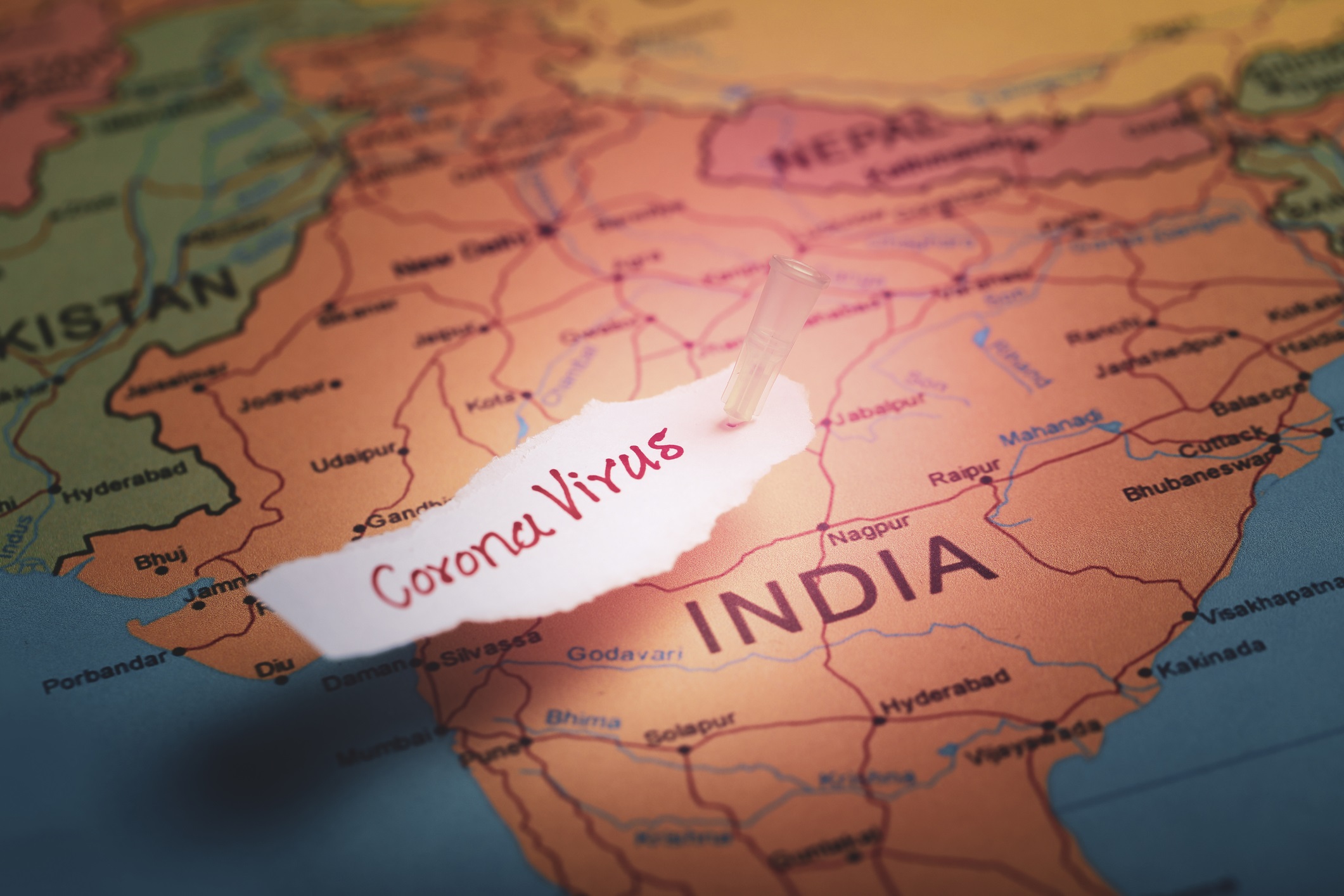This blog is part of the COMPAS Coronavirus and Mobility Forum.
On 25 March, India’s Prime Minister Narendra Modi announced a nationwide lockdown in a bid to stem the threat of COVID 19. The announcement triggered a mass exodus from cities across India, with panic-stricken migrant workers desperately trying to leave for their homes in villages. The most conservative estimates suggest 30 million internal migrants in India. More realistic estimates peg the numbers at 100 million. If even half the most conservative figures are trekking back home, we are likely to be witness to the forced migration of at least 15 million people criss-crossing the country to get back to their homes. These numbers most likely dwarf the migrations wrought by the subcontinent’s blood-soaked 1947 Partition, estimated between 10 and 12 million people.
For the first time ever, the media, thinktanks and members of other privileged classes found themselves unable to ignore the existence of millions of migrant workers that fired the engines of her cities. The impending lockdown throws in sharp relief the disjunctions between mobility and citizenship in India.
Migration without mobility
A vast majority of the migrant workers desperately trying to return home are in informal employment. According to the Report of the Indian Government’s Working Group on Migration, many migrant workers find employment in the country’s burgeoning construction industry and ancillary industries such as brick kilns, both notorious for their precarious labour conditions. The vulnerabilities of circular labour migrants are particularly acute. Analysing official survey data, the demographers Kunal Keshri and Ram Babu Bhagat [i] demonstrate that the proportion of circular labour migrants tend to concentrate among lower monthly per capita expenditure (MPCE) quintiles, while the propotion of longer-term migrants increases as one moves up the MPCE quintile hierarchy. Furthermore, circular labour migrants tend to be disproportionately drawn from such historically oppressed communities as Dalits and Adivasis.
Dalits, Adivasis and others from communities stigmatised as ‘low caste’ or Muslim often migrate to escape caste and religious discrimination: as the anti-thesis of caste, mobility intimates promises of citizenship. But the wages they expect to earn are neither enough nor assured for the entire family to travel together and settle in the city. Internal migration of the impoverished in India, as elsewhere, remains fundamentally immobile since migration is a strategy for survival that hardly leads to socioeconomic improvements.
Social distancing by/ from the state
Modi’s announcement gave Indians exactly four hours to prepare for the lockdown. With little reliable information available, migrant workers- like everyone else- wanted to be with their families back in their rural homes during such a time of crisis. For many, there was little choice as employment opportunities in the towns shrivelled up, landlords threatened to evict them from their homes due to impending non-payment of rents, and markets shut down without them getting a chance to purchase essential food items necessary for their survival. As transport services shut down, they were compelled to undertake their journeys on foot, traversing many hundreds if not thousands of kilometres to get home.
As of 30 March, twenty-two people had died trying to reach their homes due to exhaustion, hunger, or road accidents. Contrasted with the alacrity with which India airlifted, on public expense, hundreds of its citizens stranded abroad, the Indian state’s bias against internal labour migrants are glaring indeed. Such bias is compounded by the class/ caste restoration that India has witnessed in recent years.
It is tragically ironic when we consider that the virus was probably brought to India by the privileged. One student returning from the UK to Kolkata was reported to strut about in his bureaucrat mother’s government office without any hindrance even after being confirmed positive. Another singer reportedly concealed her travel history against official regulations and partied with the political elite. The social proximity of the Indian state to one group of mobile people and its social distance from another cannot be starker.
A new future?
State-formation has historically entailed mobility and migration so that they could be populated by the “right” sorts of people and the “wrong” ones excluded. Nevertheless, many states have remained suspicious of mobile populations, including within their borders. Social and political exclusion of migrant workers in India is endemic, which has been well-documented, including in my own previous research. The lockdown has rendered their situation even more precarious.
Some of us hope that the pandemic is a portal to another world. After all, previous pandemics upended extant worlds by destroying working populations. Faced with labour shortages, privileged classes had no option but to accept the growing claims of surviving workers. Perhaps this pandemic too will herald a new social order. The twenty two who perished on their way home will never make it there. For it is on their corpses that that new order will be built.
Dr. Indrajit Roy is a Lecturer in Global Development Politics at the Department of Politics, University of York
[i] Keshri, K., and RB Bhagat. 2013. “Socioeconomic Determinants of Temporary Labour Migration in India: A Regional Analysis.” Asian Population Studies, 9 (2). Taylor & Francis: 175–95. Page 181.
